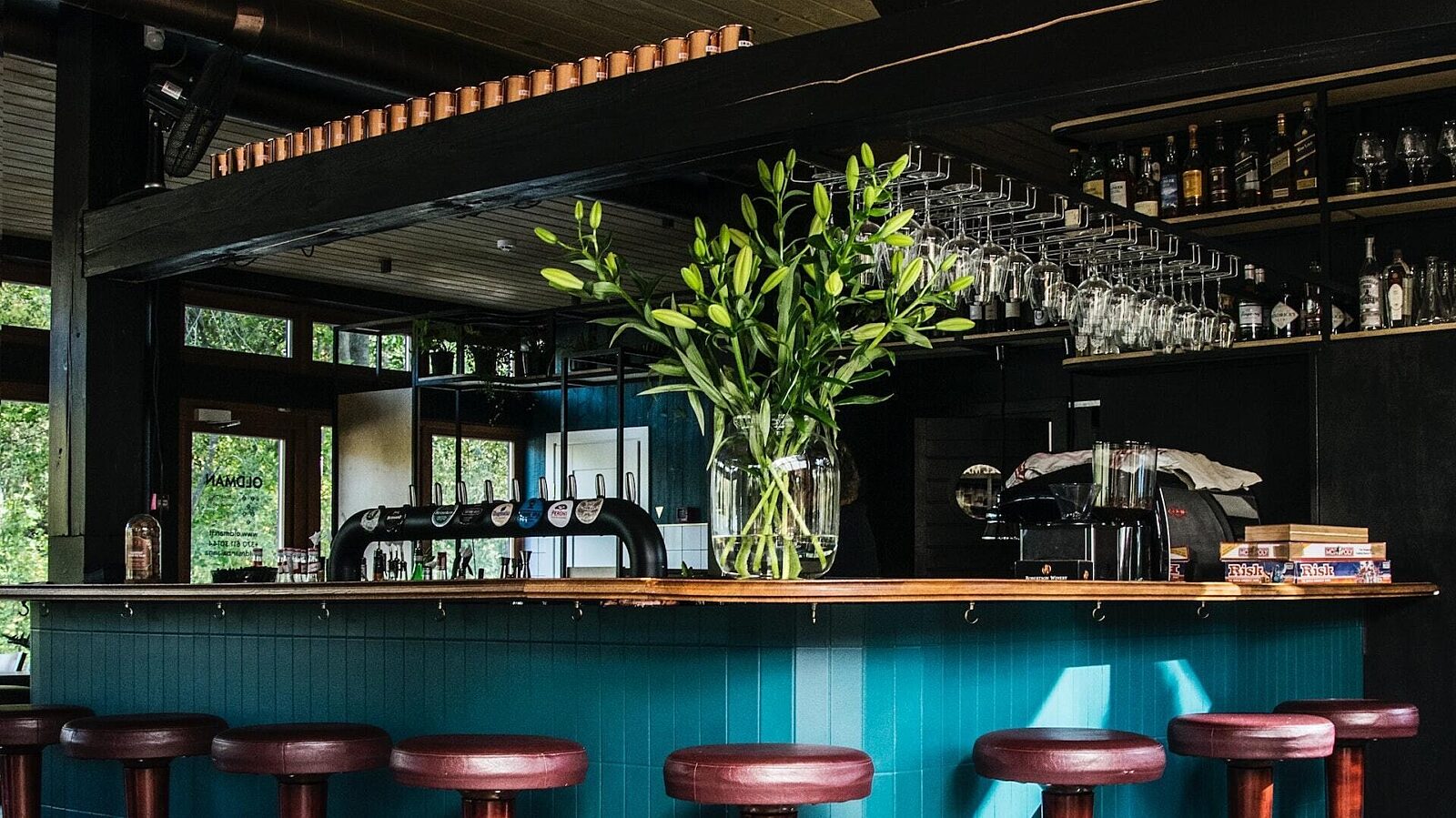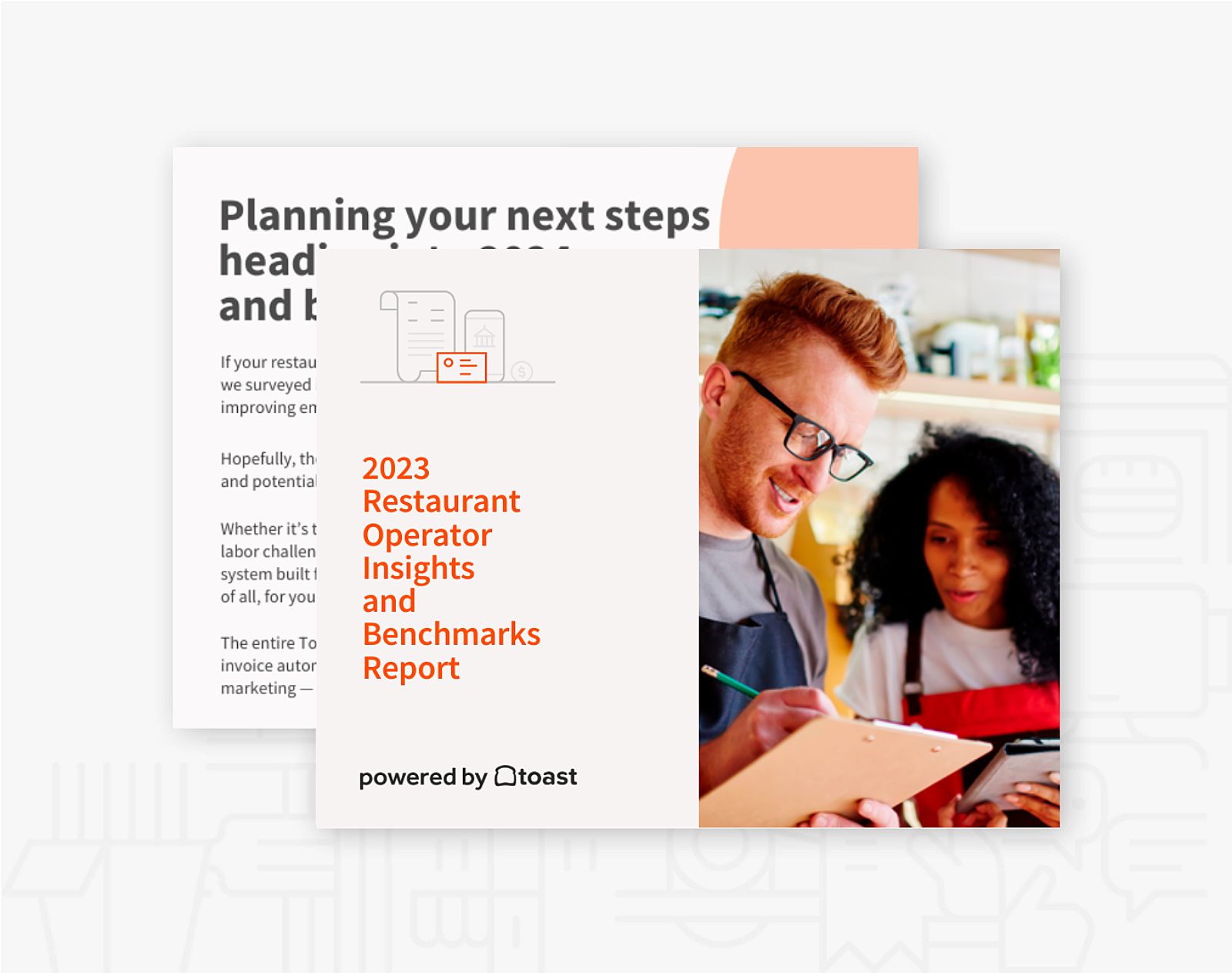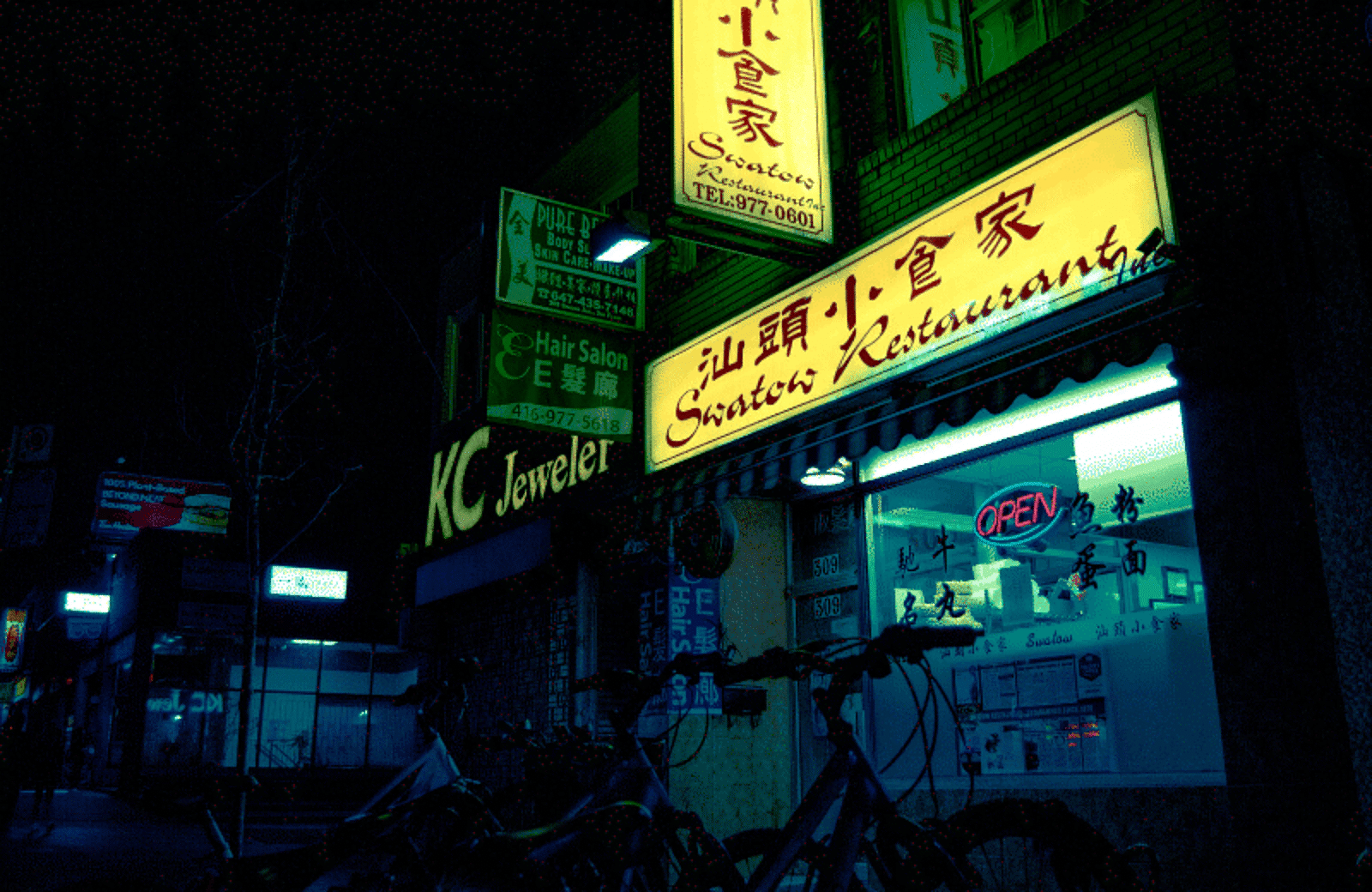
Bar Industry Trends and Statistics for Improved Decision Making
Check out the latest trends and statistics on the bar industry to help operators improve their decision making.

Katherine BoyarskyAuthor


Restaurant Operator Insights Report
See insights from real restaurant operators which can help you benchmark your current and planned restaurant technology stack against your peers as we head into 2024 and beyond.
Get free downloadThe bar industry is ever-evolving, with trends and changes happening at a rapid pace.
Obviously, the COVID-19 pandemic brought unprecedented change — forcing many bar owners to reconsider their operations.
However, there is still significant potential in the industry, and bar owners and operators should be aware of the latest trends and statistics to make informed decisions and stay competitive.
From new spins on classic cocktails to innovative food and drink pairings, bar owners are and operators are at the forefront of creativity and experimentation — even by not serving alcohol at all these days.
In this article, you’ll learn all about the current trends in the bar industry, including food and alcohol trends, market size adjustments, consumer trends, and operational insights.
Bar Business Plan Template
Use this free bar business plan template to easily create a great business plan that organizes your vision and helps you start, grow, or raise funding for your bar.

General alcohol trends for bars
Research from Toast on the most popular alcoholic drink in all 50 states for the cohort we observed is a nice, cold beer.1
Minnesota, in particular, really likes beer, drinking about 53% more beer per restaurant location than the average of all 50 states. Kansas and Pennsylvania ranked second and third for the most beer consumed per restaurant location.
Here are some additional trends on general alcohol consumption and consumer preferences that can impact the bar industry.
Some Americans are still drinking — especially millennials
A recent survey by Toast reveals that 40% of respondents in America age 35-44 are drinking at least every half of their restaurant visits.2
There’s increased demand for younger demographics, where 23% of your 25-34 year old guests say they’re always drinking when they dine out.
For these guests, one way to boost sales is by posting on social media — as 76% of high-volume bars analyzed by Toast regularly post across social channels.
Hard seltzer is the most popular alcohol for NFL Sundays
Toast dove into the restaurant food and alcohol sales trends on Sundays during the NFL season in cities with a team.
Hard seltzer sees the greatest increase — with a 47% increase in average items sold on Sundays in season compared to out of season.3
Red wine (23%), lagers (23%), whiskey (20%), and liqueur (17%) round out the top five increases in alcohol.
Wine orders pull a triple on Valentine’s Day
It may be obvious, but wine was the drink for Valentine’s Day 2023, with a whooping 242% increase over the annual daily average — that’s almost three and a half more wines ordered on Valentine’s Day compared to a single wine ordered on an average day throughout the year.4
Interestingly, and perhaps as a result of the uptick in wine orders, beer and mixed drinks fell significantly on Valentine’s Day 2023 compared to the annual daily average.
Those not drink are often women and younger guests
One of the most significant demographic shifts in the bar industry is the rising demand for health-conscious and wellness-focused beverages.
Consumers are more aware and mindful of their health than ever before, and they are seeking options beyond traditional alcoholic drinks. This has led to the market trend growth in non-alcoholic beverages and low-alcohol drinks — never more apparent than in January.
Dry January has become increasingly popular, especially with Gen Z. When going out to dinner at a restaurant, 17% of Americans never ordered an alcoholic beverage.
Women were almost twice as likely to never order an alcoholic beverage at a restaurant when compared to men (21% vs 12%).2
One solution here is mocktails. Bar operators can get creative with delicious drink options that don’t include any alcohol. This way, your guests can still enjoy their night at your bar or lounge even with a mocktail.
Mocktails may be classic drinks with the alcohol omitted, or they may be completely new alcohol-free concoctions.
Consider your setting when planning your drink menu
In a Morning Consult survey, respondents were asked to identify the attributes they associate with various types of alcohol.
The research found that wine is commonly associated with "timelessness" and being a beverage that pairs well with food. Wine and spirits were linked to attributes like "elegant" and being more suitable for formal events.
Beer is often associated with attributes such as "affordability," "casual," "convenience," and being a good option for daytime drinking.
Operators can think through how they run drink specials at their bar, depending on the time of day, food pairing, and general vibe of the establishment.
New craft breweries may level off, but operators can keep selling them
Craft beer continues to capture a significant share of the beer market and bar and restaurant beer sales. However, growth rates in the market seems to be leveling.
According to Bart Watson, chief economist, of the Brewers Association:
“...while many individual [micro-breweries] are struggling, there is good news in the continued overall popularity of the category. Yes, things are more challenging, but independent brewers still sell more than one out of eight beers in the United States; beer drinkers spend roughly one out of four of their beer dollars on a beer from a small and independent brewer; and the industry remains a source of jobs and community across the country.”
For bar operators, the take away is to keep doing what you’re doing. The local, regional, and national market is saturated with breweries making delicious brews for you to sell.
Bar food trends
Just as the alcohol trends have changed, so have bar foodservice trends. Here are a few food trends impacting the bar industry.
Bar food continues to get refined
Gone are the days of simple finger foods and snacks. Today, customers are looking for gourmet food options that offer a full dining experience. In many bars, the food offerings are almost as important as the drink menu.
According to our analysis, 88% of the high-volume bars analyzed are offering a full food menu. This can help enhance the customer experience and increase revenue potential by encouraging guests to stay longer and spend more.
Small plates for big appetites
Sharing plates are projected to continue being a big trend in the bar industry. Bar food dishes are becoming more creative, and many customers are interested in trying different things. These small plates allow customers to taste a wider variety of food without stuffing themselves.
Bar operators in NFL cities should stick with the classics during the season
Catering your food menu to suit the NFL season can help boost sales — whether you’re a full-on sports bar or simply have guests interested in watching the games on Sundays.
Research from Toast found that chicken wings seem to be the most popular food across NFL cities during the season. Wings see a 25% increase in total items sold on Sundays in season vs. out of season. Pizza, pasta, nachos, and burritos all see a 6% increase in average items sold on Sundays in season vs. out of season — with chicken tenders seeing a 5% increase.
Bar operators can stick with the football-watching classics in order to score on NFL Sundays.
Opening a Restaurant Checklist
So many things go into opening a restaurant. Use this free PDF checklist to set your new restaurant up for success.

How can operators put it all together
Customer experience and satisfaction have always been essential in the hospitality industry, and the bar industry is no exception.
Consumers are seeking memorable experiences that go beyond just consuming alcoholic beverages. Many bars are introducing initiatives like live music, trivia nights, and partnering with local artists to provide a unique and memorable experience.
Social media has also become a crucial tool for bar marketing strategies, helping them increase their customer base and build loyal followings. Bars can use social media to showcase their signature drinks, promotions, and events and interact with customers in real time, providing a personalized experience.
Creating partnerships with non-competing businesses can also help bars attract new customers and increase their market share. Bars can partner with other foodservice providers or popular brands to offer joint promotions or events.
And of course the right operational technologies and automations can help streamline your bar business. Point of sale systems built specifically for bars can be a great start. Platforms, such as Toast, can provide your bar-focused business model with the efficiencies required to achieve and sustain annual growth over the coming years.
While the bar market is facing significant changes and challenges, the latest trends and statistics offer valuable insights for improved decision-making. Bar owners and operators who stay ahead of the curve by embracing the opportunities presented by technological advancements, customer trends, social media, and menu innovations, stand to thrive in a highly competitive market.
Methodology
1 - Toast analyzed transactions from a cohort of restaurants on the Toast platform from April 1, 2023, to June 30, 2023, to determine the popularity of beer, wine, cider, hard seltzer, vodka, tequila, whiskey, gin, rum, and brandy per restaurant location in all 50 U.S. states in Q2 2023. Toast used a cohort of same-store customers on the platform since Q1 2022 that served alcohol.
2 - Toast conducted a blind survey on this topic of 850 U.S. adults ages 25 and older on January 24, 2024. Respondents were not made aware that Toast was fielding the study. Using a standard margin of error calculation, at a confidence interval of 95%, the margin of error on average is +/- 3 - 5%.
3 - This report, powered by Toast, uncovers key trends across the restaurant industry through aggregated sales data from all 30 U.S. cities that host an NFL football team.
This report, powered by Toast, uncovers key trends across the restaurant industry through aggregated sales data from all 30 U.S. cities that host an NFL football team.
4 - This Valentine’s Day report, powered by Toast, uncovers key trends across the restaurant industry through aggregated sales data from a selection of 11 U.S. cities: Austin, Atlanta, Boston, Chicago, Indianapolis, Los Angeles, Miami, Nashville, New Orleans, New York, San Francisco.
Toast analyzed transactions on the Toast platform from January 1, 2023, to December 31, 2023, to determine the popularity of food items and alcoholic beverages. Toast then compared the 2023 daily average volume with the average volume for February 14, 2023.
Disclaimer
This information is provided for general informational purposes only, and publication does not constitute an endorsement. Toast does not warrant the accuracy or completeness of any information, text, graphics, links, or other items contained within this content. Individual results may vary. Toast does not guarantee you will achieve any specific results if you follow any advice herein. It may be advisable for you to consult with a professional such as a lawyer, accountant, or business advisor for advice specific to your situation. This report is not indicative of the operational performance of Toast or its reported financial metrics.
Is this article helpful?
DISCLAIMER: This information is provided for general informational purposes only, and publication does not constitute an endorsement. Toast does not warrant the accuracy or completeness of any information, text, graphics, links, or other items contained within this content. Toast does not guarantee you will achieve any specific results if you follow any advice herein. It may be advisable for you to consult with a professional such as a lawyer, accountant, or business advisor for advice specific to your situation.
Read More
Subscribe to On the Line
Sign up to get industry intel, advice, tools, and honest takes from real people tackling their restaurants’ greatest challenges.



